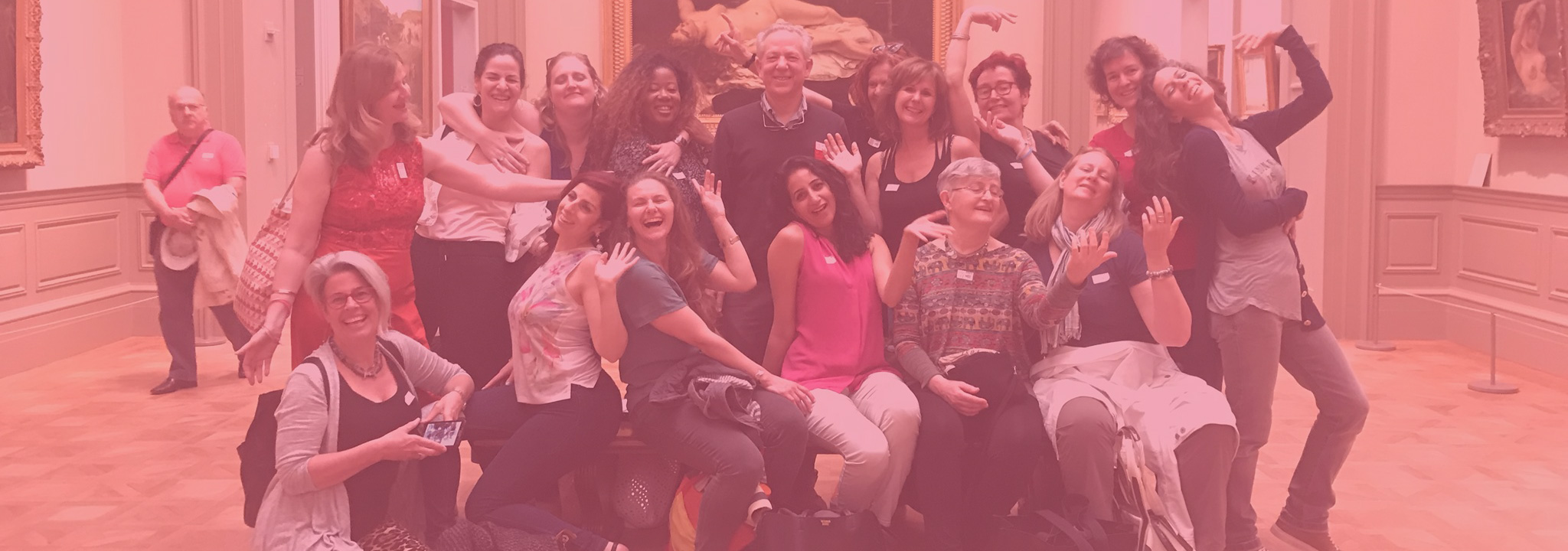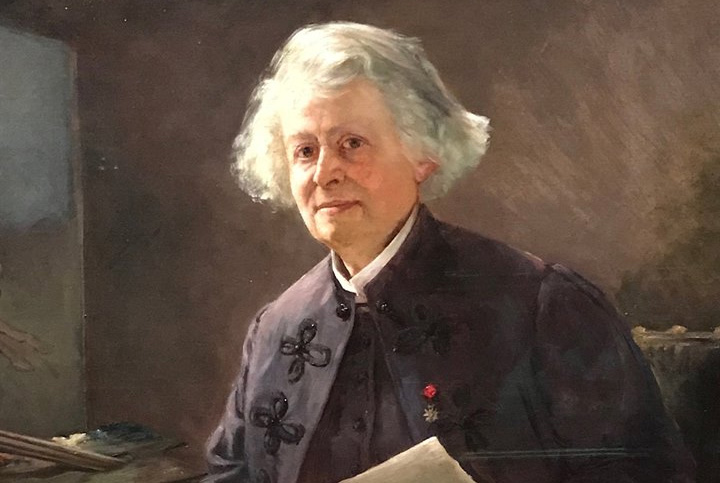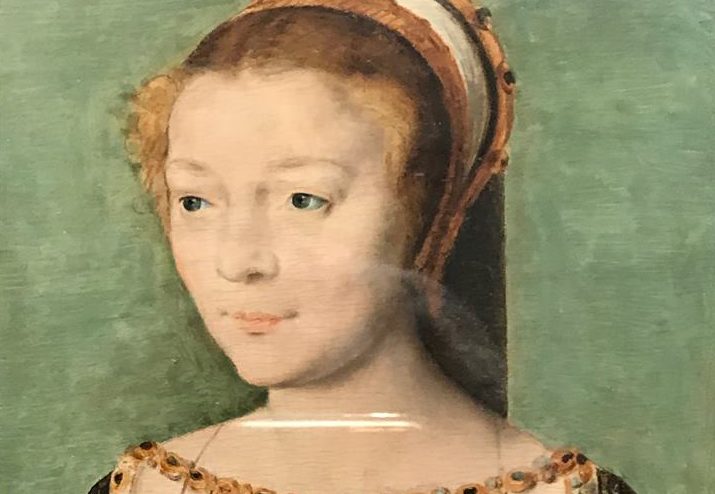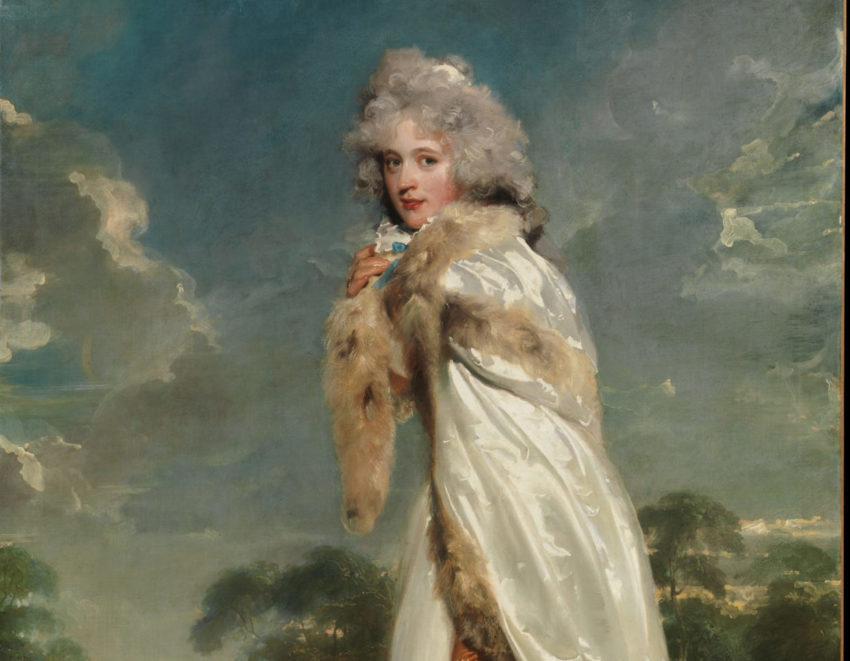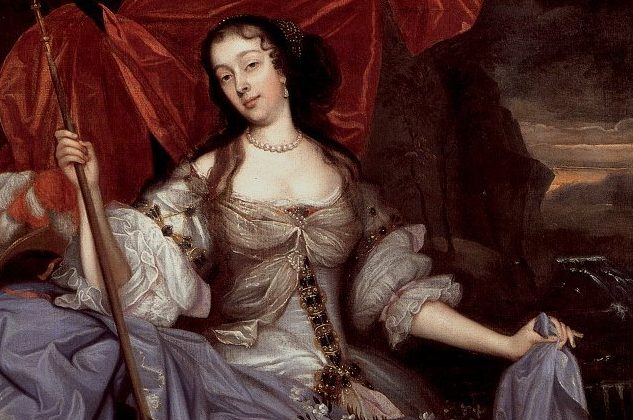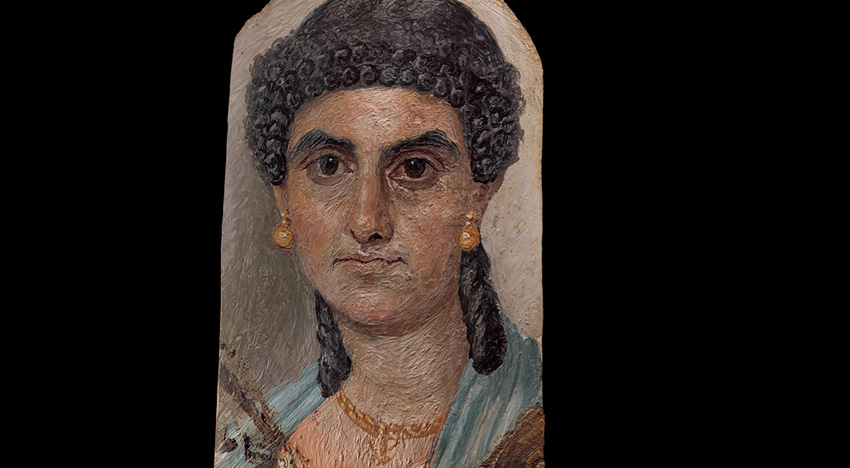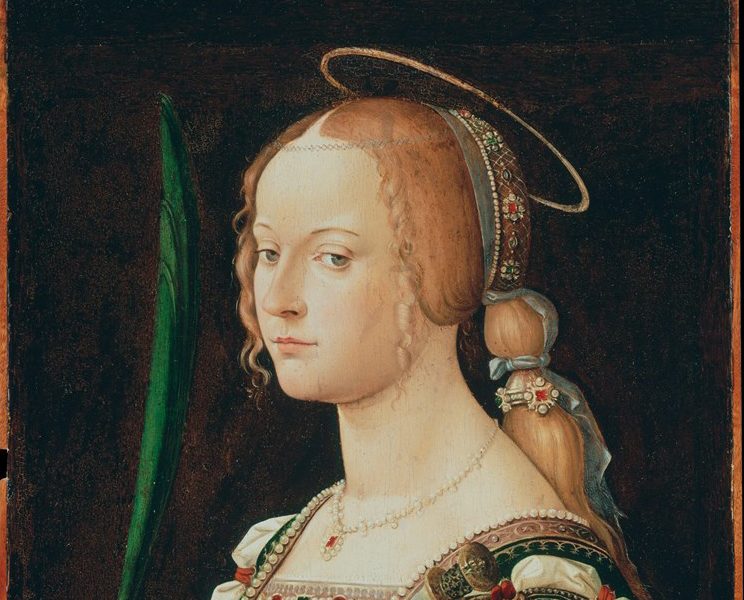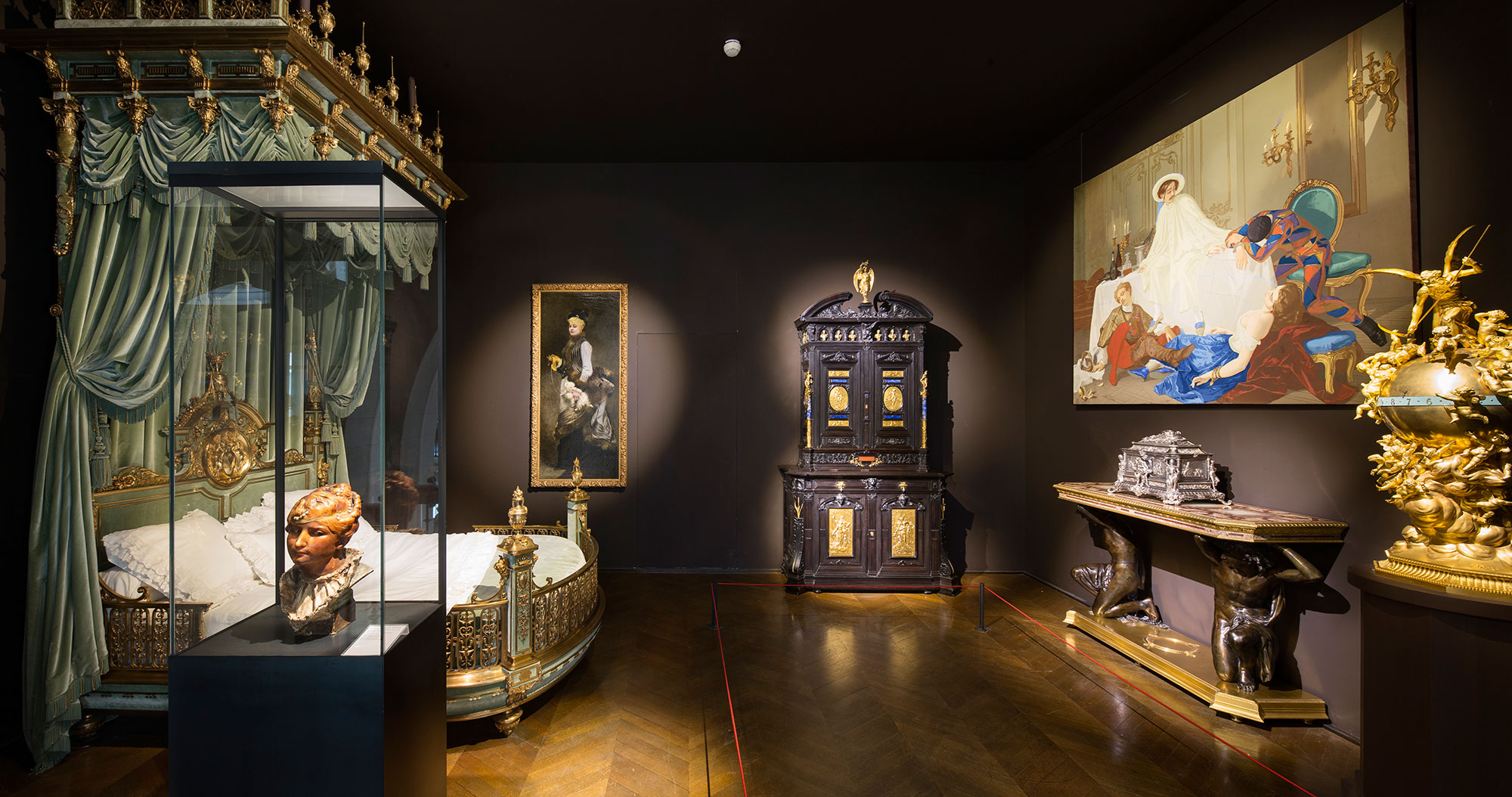21 Aug Marie Baltshirtseff: In The Studio
[caption id="attachment_6066" align="alignleft" width="295"] Marie Bashkirtseff[/caption] The self-portrait is probably the most interesting tradition among women artists. Often women artists portray themselves as artists, or rather claim their status as an artist though self-portraiture; paintings of other women artists painting are a related tradition, involving a...



